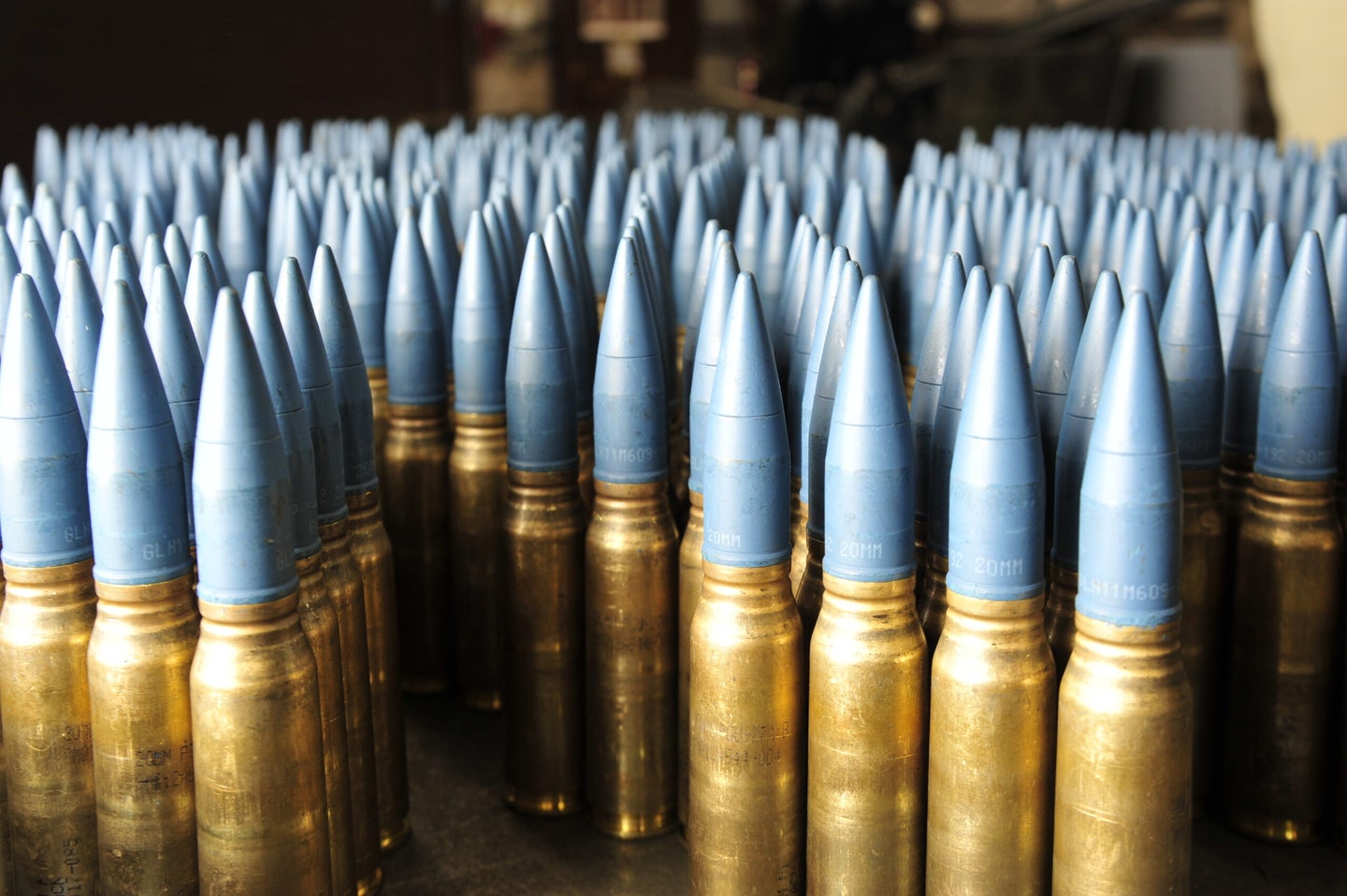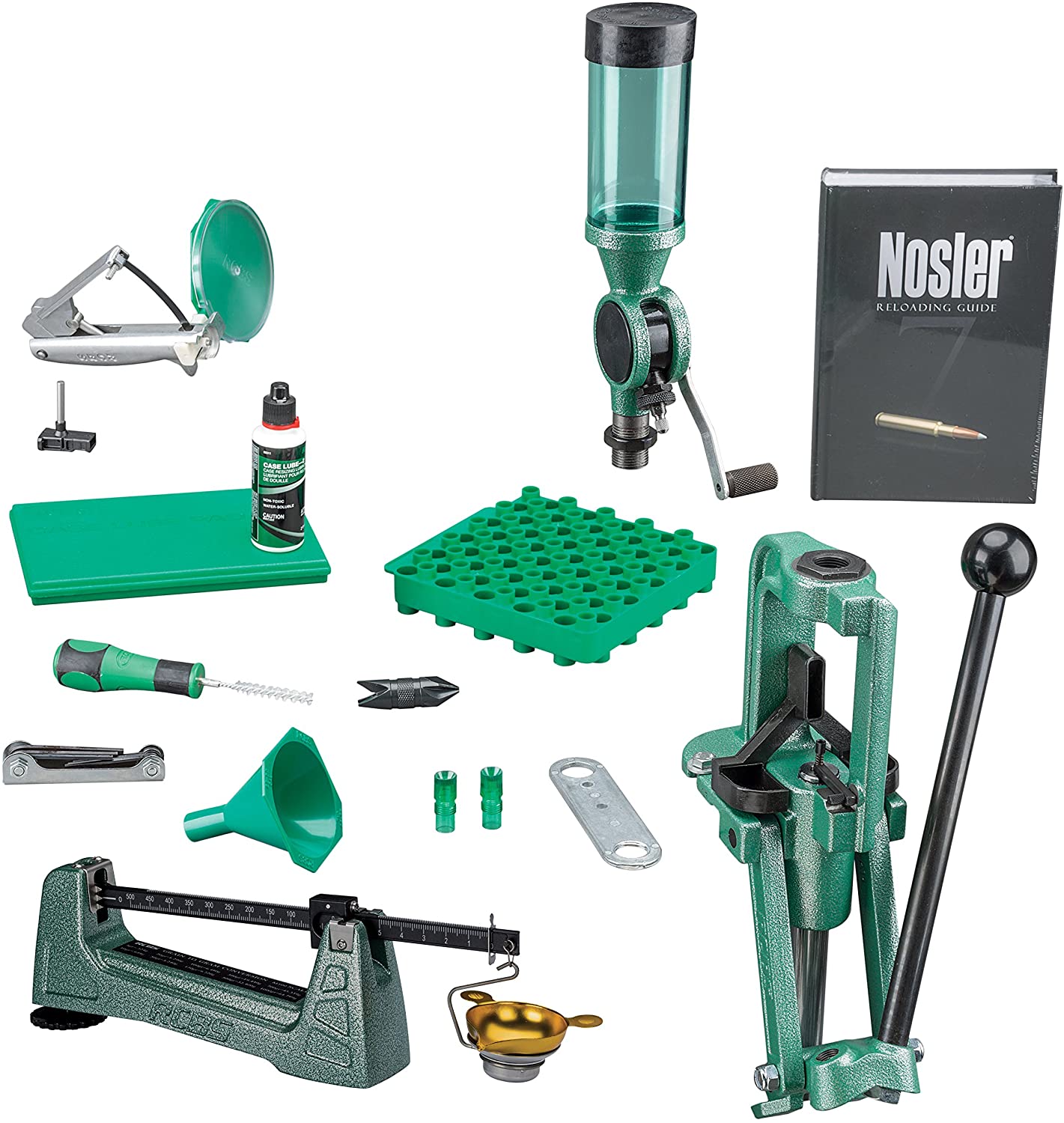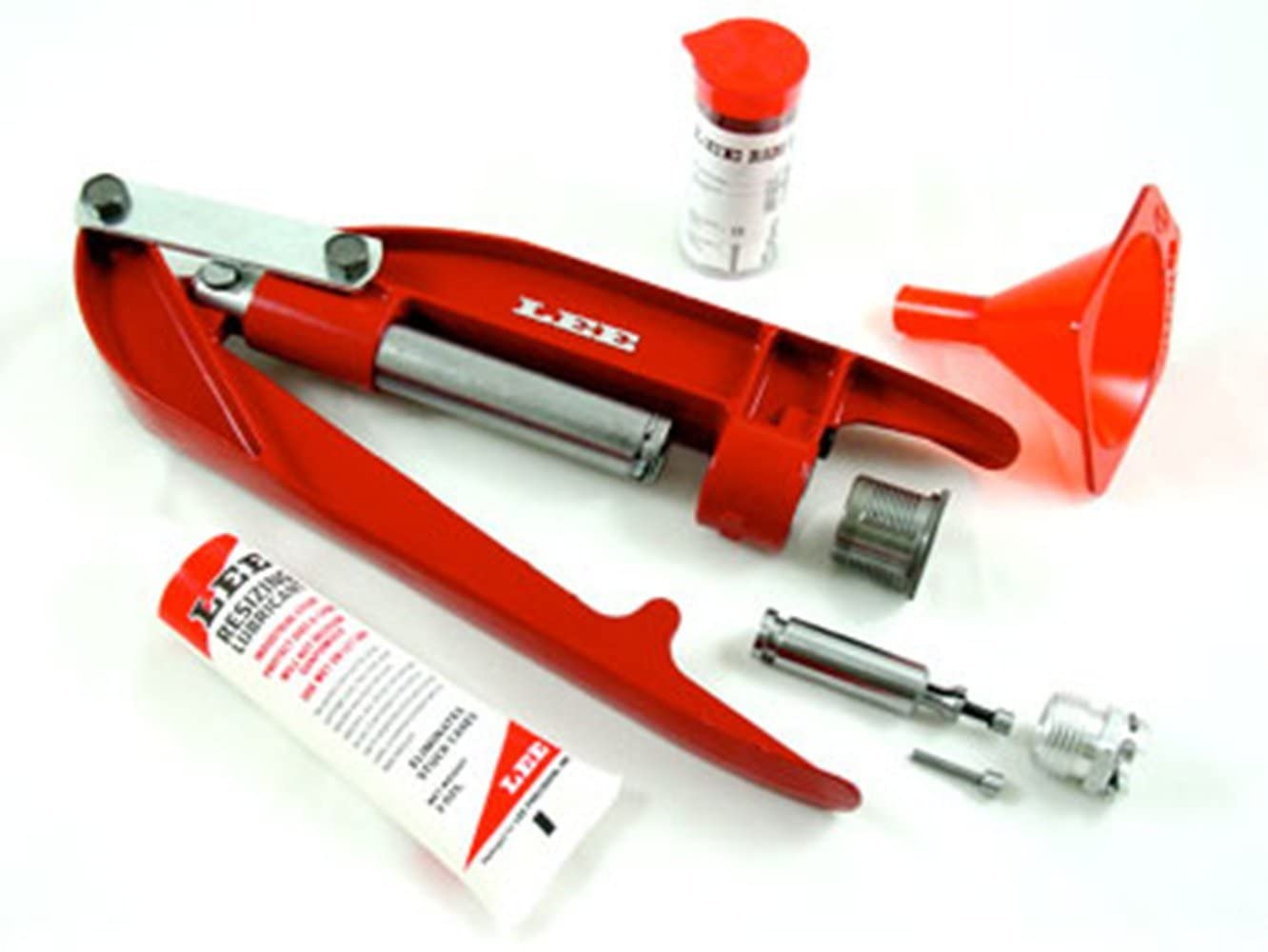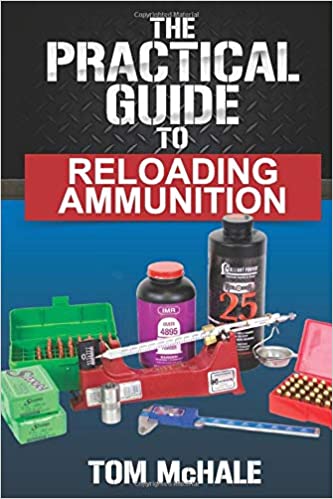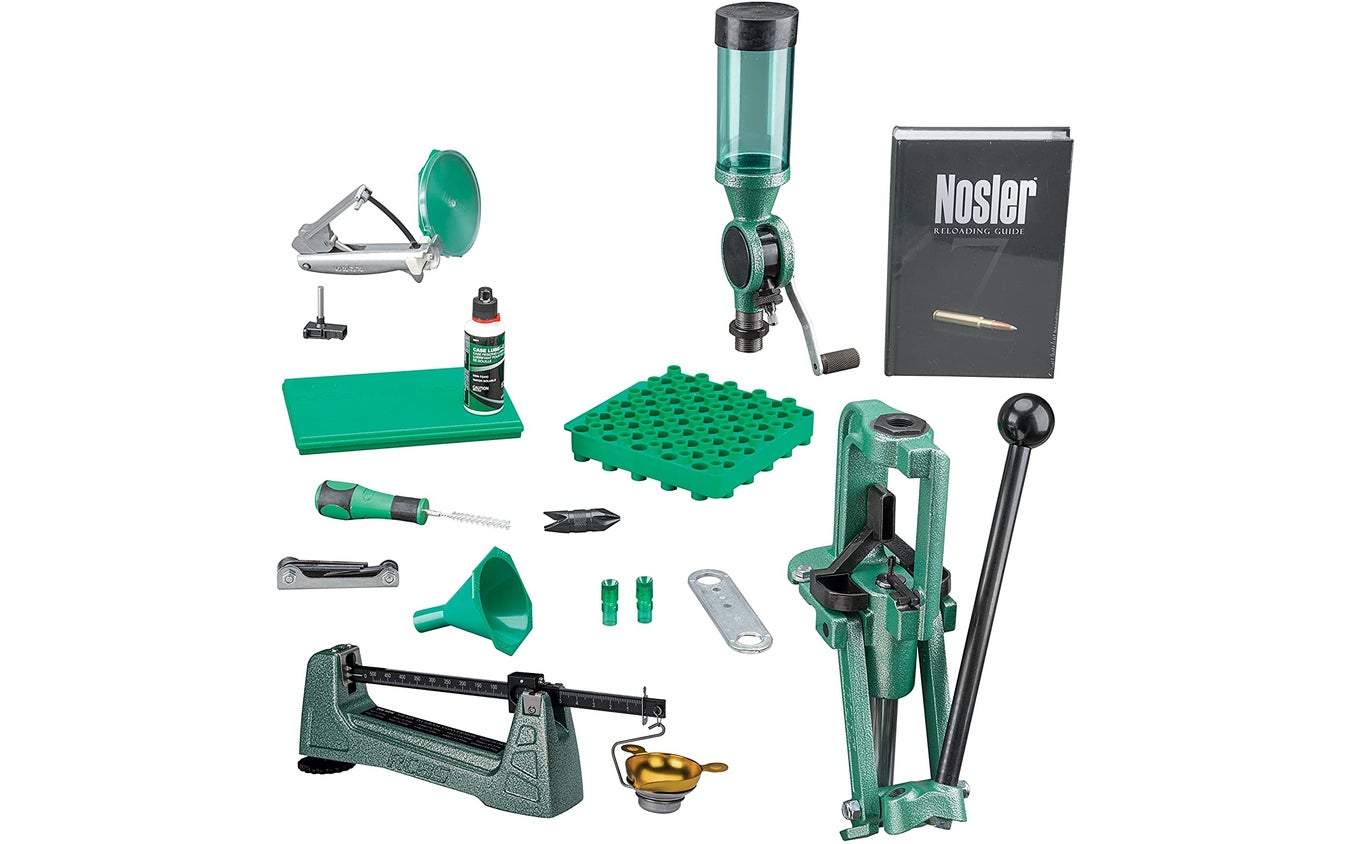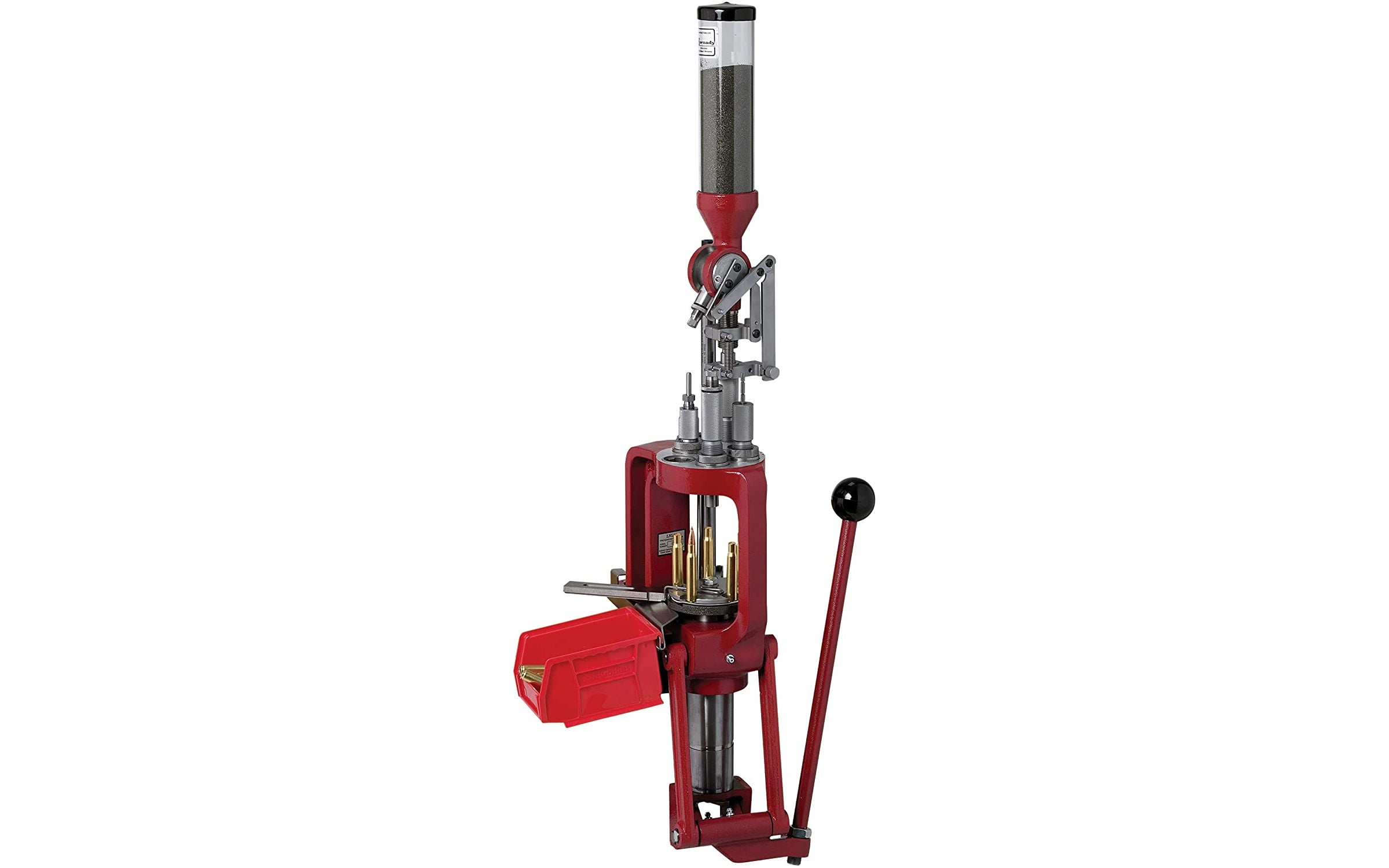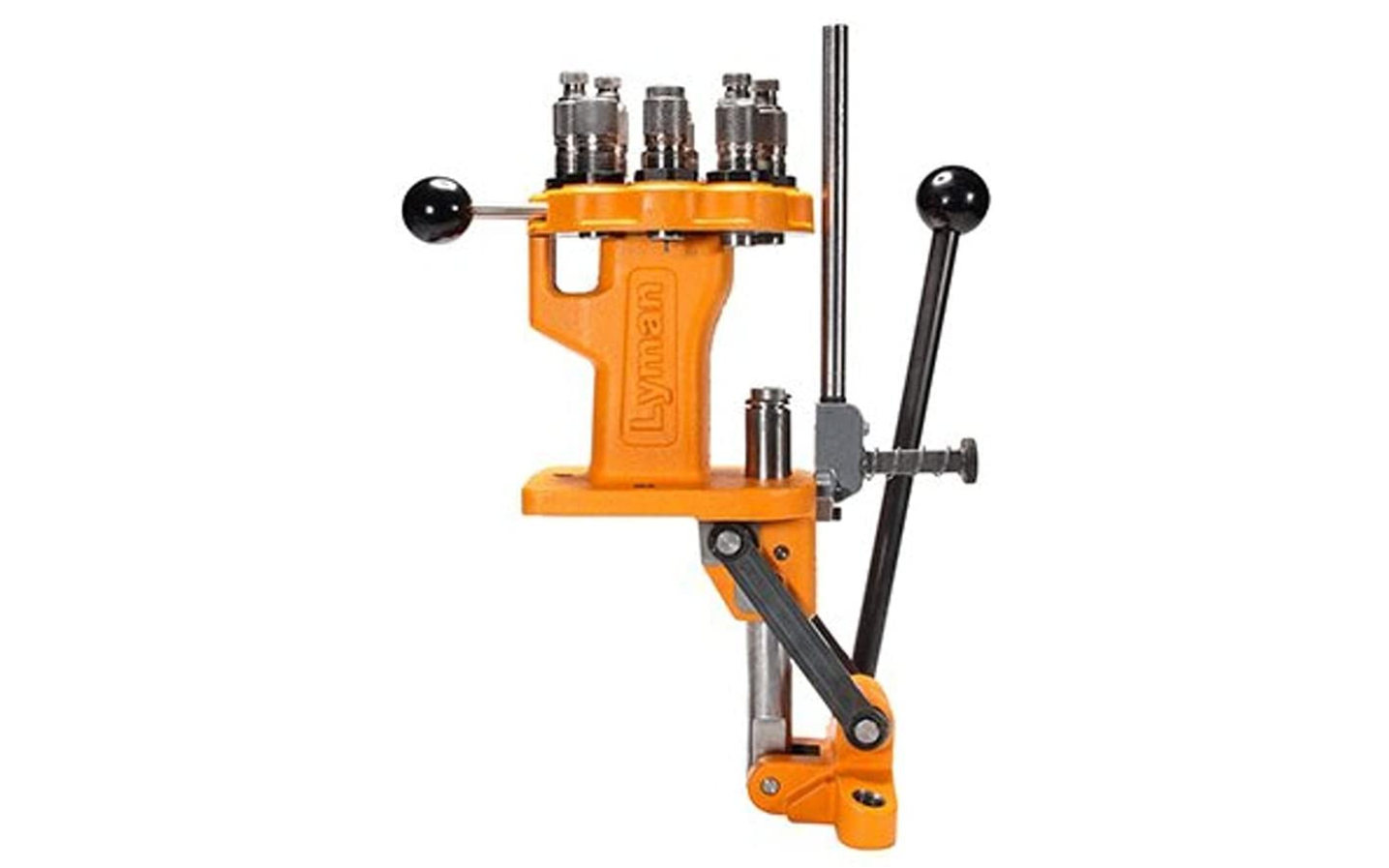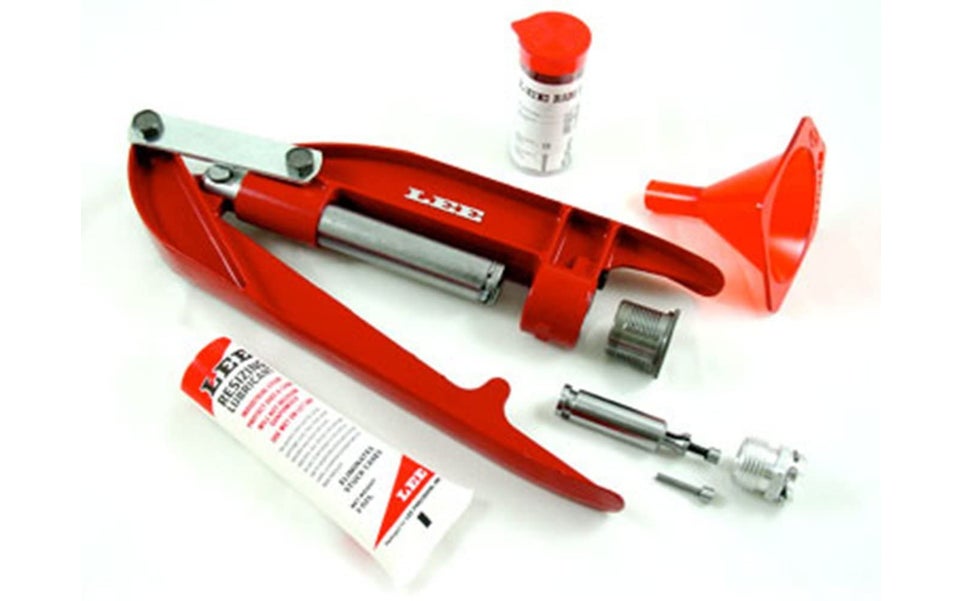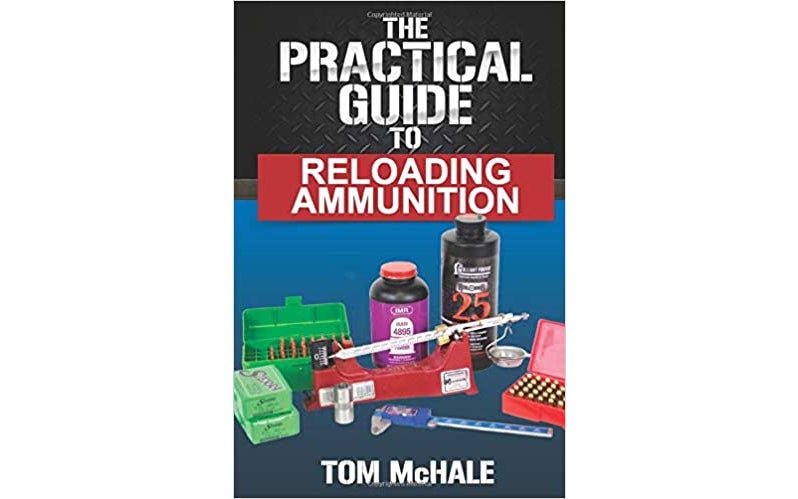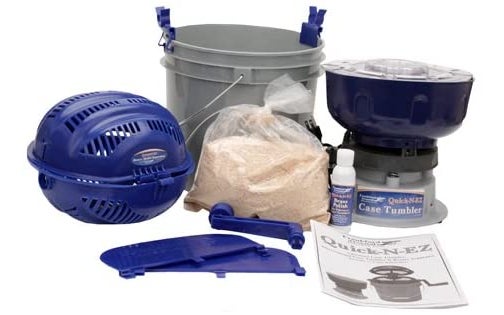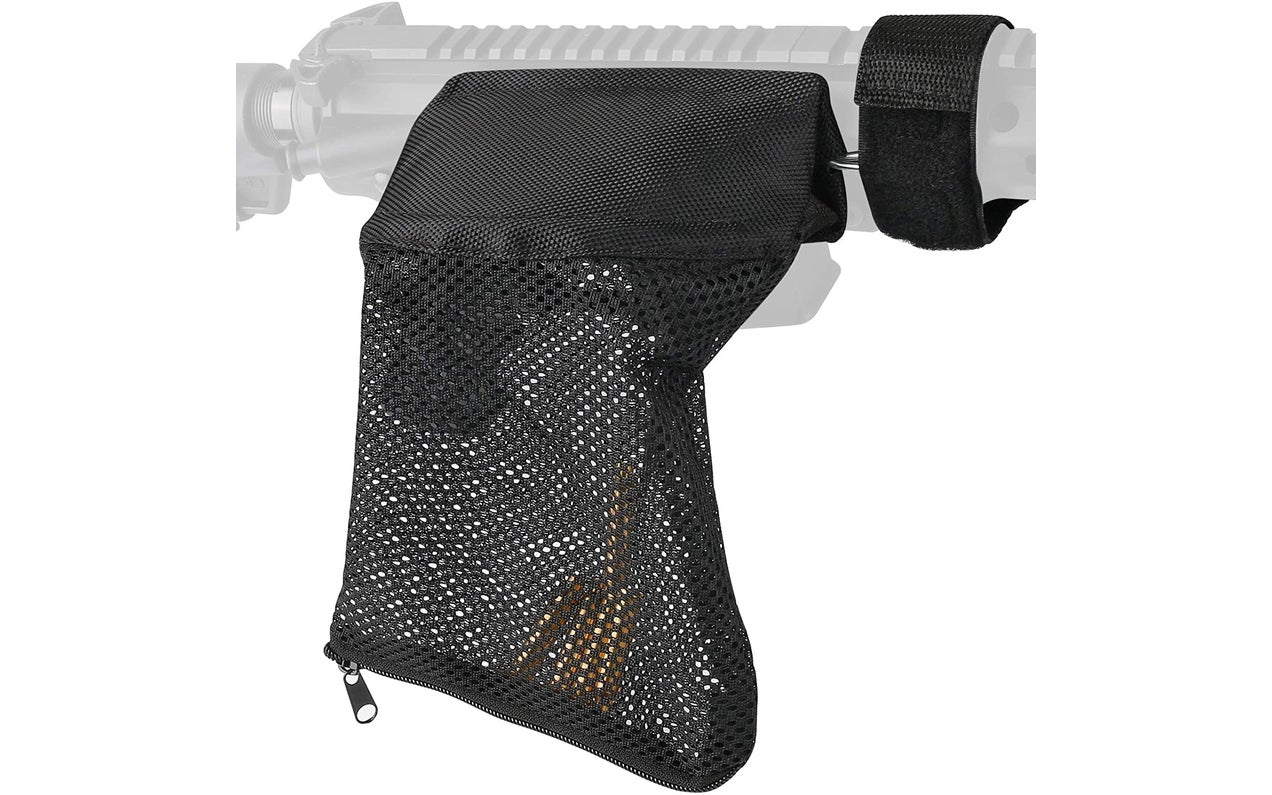We may earn revenue from the products available on this page and participate in affiliate programs.
If you’ve walked into a sporting goods store recently, you probably looked at the shelves and felt like you were a month late for the zombie apocalypse. Go ahead and ask for 5.56 and watch the sales staff either double over laughing or look at you like you just dropped straight from space. I’ve even had trouble finding basic non-defense ammunition like 12-gauge practice loads. Apparently, everyone else decided to take their angst out on those poor clay pigeons, too.
One way to get around the high prices and low supplies of ammunition shortages is to simply make it yourself. Reloading requires a great deal of care and precision, but it can be done and is a valuable skill for any shooting enthusiast. Reloading kits are fairly expensive, but the lifetime savings over buying factory ammunition more than make up for it. Of course, the dirty little secret is that nobody actually saves money reloading — they just spend the same amount and shoot more — but that’s ok. The sooner you pick up one of these kits, the sooner you can start reaping the rewards.
Once you decide to enter the money pit––I mean responsible recycling practice––of reloading your own ammunition, you’ll need to decide how far down the rabbit hole you want to go. Basic kits are relatively affordable and can produce small batches of live rounds in a reasonable amount of time. Get into a rhythm, throw on your favorite TV show or podcast, and knock out a day’s worth of ammo after work. If you want to get serious about reloading, advanced systems streamline the process to be more efficient, consistent, and versatile. They can also handle multiple calibers by swapping out a few components. This kind of setup will cost a lot more and require dedicated space in your house, but it is the best way to produce large amounts of ammunition in a short amount of time with very little deviation. Many competitive shooters even prefer to load this way instead of relying on mass-produced or even match-grade ammunition.
We’re here to help you make sense of all these options with a gear guide that breaks it down and recommends a few of the best reloading kits available
Go from consumer to producer with one purchase when you buy an RCBS Rock Chucker Supreme Master Kit. Is the name redundant? Yes. Is it accurate? Again, yes. Your shooting will also be accurate once you hone your skill and crank out high-quality ammunition for less than you’d spend on a box of steel-cased paper-punchers. The famous Rock Chucker press creates a stable platform for assembling ammunition precisely and consistently. Other essentials like a scale, hand-priming tool, powder measure, universal case load block, deburr tool, powder funnel, and an instructional guidebook are included so you can spend less time shopping and more time getting down to business. And trust us, with one of these, business will be booming.
Hornady has long been known for making quality ammunition, and they’re willing to let us in on the fun with their Lock-N-Load reloading press. This automated reloader streamlines the production process so you can crank out batches of ammo in no time without sacrificing quality. Safeguards like the case-activated powder drop reduce the likelihood of common mistakes and avoid making a mess with spilled powder. A quick-change system lets you swap out dies as small as .223 and as large as .45 in minutes. These adapters also allow you to use dies from other major manufacturers like RCBS and Lee interchangeably. If you want to load ammunition as quickly as you burn through it, this is the way to go.
If you want something better than a simple hand press but aren’t ready to shell out the big bucks for one of the fancier reloading stations, this Lyman All American eight-turret press could be just what you’re looking for. Like the premium stations, it uses a bolt-down cast iron tower to create a stable workstation. That translates to less movement,more consistent loads, and a safer work environment. This kit is compatible with RCBS and Hornady dies, which makes finding the right components for feeding your firearms easy. Fit and finish aren’t up to snuff with high-end reloading kits, but neither is the price. It’s still hefty enough to work reliably and create usable ammunition, even if it probably isn’t what you’d find on a lot of competitive shooters’ work benches. For the average shooter looking to save some money, it’s a solid choice.
Those of you who are blasting on a budget can still get in on the reloading action with this hand-press kit from Lee Precision. First things first: This is not a replacement for high-dollar reloading benches. We still recommend it, though, and it’s a great way to dip your toes in the reloading pond without investing a paycheck. In addition to the press, you’ll get a priming unit, powder funnel, and a small tube of resizing lubricant. No dies are included, but this kit is compatible with all standard dies using 7/16-14 threads. At this price, it’s worth getting one if you’re even considering reloading to save money and outsmart the shortages.
Reloading ammunition is one of those things you really need to get right the first time, so we recommend taking a quick lesson from The Practical Guide to Reloading Ammunition by Tom McHale. There are plenty of guides and manuals out there, but we like the beginner-friendly approach this book takes. Rather than bombarding you with numbers and calculations right off the bat, McHale takes a conversational tone and walks you through the practical aspects of reloading that you need to understand to be safe and have successful results. Make the learning curve a little easier to navigate with help from a pro. Softcover and digital versions are available.
Reloading is more economical than buying new ammunition, recycling your brass is pro-level affordable, and picking up other people’s spent brass to feed your Frankford Arsenal case tumbler is galaxy-brain cheapness. You’ve developed advanced skills cleaning up the government’s shooting ranges, and now you can turn that skill into savings by cleaning and polishing cases to be reloaded and fired again. Add hundreds of casings into this tumbler with walnut or corn media (three pounds are included), plug it in, and wait as the brass is cleaned and polished to a like-new shine. Strain the contents to separate casings from media, and you’ve got a fresh batch ready to go.
If you want to reuse your casings (and why wouldn’t you?), this Feyachi brass catcher can make the job a little easier. Save time by not picking up scattered brass at the range, sorting through everyone else’s calibers, and picking out damaged brass at home. This net mounts directly to your rifle and uses an improved design to catch brass before it has a chance to hit the ground, get dented, and collect dirt. It’s also a neighborly addition to your range kit since you won’t be spraying hot casings all over the person next to you on the firing line. A zippered bottom makes it easy to empty and the velcro strap makes installation and removal a breeze without risking damage to your rifle.
Why should you trust us
Over the years, I’ve gotten to shoot everything from .22 short to .50 BMG and those sweet, sweet 40-millimeter grenades. I’ve competed with match-grade ammunition and chucked steel-cased Russian ammo into homemade targets. I’ve even reloaded .270 with a little extra hot sauce to give some pesky prairie dogs the old what-for. I’ve also been accused of being tight with my money, so paying retail prices for ammunition is downright painful. Shooting quality ammo is smart. So is being fiscally responsible. Imagine how smart you’d be if you combined the two.
Types of reloading kits
Reloading isn’t complicated, but it does require attention to detail. The first step is acquiring all the right pieces. The best way to start is with a well-equipped kit. Once you have a quality press, scale, and tools, you can add dies for the specific calibers you plan on reloading.
Once you have a kit, you’ll need raw materials. Casings, primers, powder, and bullets can be found in a wide range of specifications to help you create the ideal load. There are also accessories like case tumblers, brass catchers, and tutorials to make the whole process easier.
Press
The first thing you’ll need to start reloading is a press. Loading ammunition requires precision, and you need a tool that can install a primer, load powder, and press a bullet in place safely, securely, and with incredible consistency.
The presses on our list use a die to hold each casing firmly in place. By activating a handheld lever, you can apply pressure straight on in exactly the correct place. Compact presses require more finesse, but take up less space and are relatively inexpensive. Table presses make the whole reloading process much faster and help prevent mistakes. A good press isn’t cheap, but we consider it a necessary investment for anyone interested in reloading.
Accessories
Once you have a press and set up your workstation, it’s time to add a few accessories that are specific to what you want to accomplish. If you want to reuse spent brass, a catcher mounted to your rifle can make range cleanup a breeze. Because the casings never hit the ground, you won’t have to worry about picking up one that’s been stepped on or dented. Add a tumbler and breathe new life into used casings by cleaning them far better than you could by hand.
Finally, we recommend continuously developing your knowledge and skill. Don’t just rely on personal experience. Regularly learning about the science of reloading with a well-selected book can make you safer and more successful.
Consumables
Lastly, you’ll need the materials to reload your own ammunition. Casings can be purchased or, at times, reused. They aren’t reusable forever, though, so keep track of which have been fired previously and which are new. Primers are single-use items, so you’ll need to keep plenty in stock.
Gunpowder is far from uniform, so do some research to determine which powders perform best in the applications you’re likely to encounter. It should go without saying but always weigh your powder carefully to ensure safe and accurate ammunition.
Finally, the bullets you use will affect performance and cost. There’s no need to waste high-dollar hunting bullets on paper targets, and you wouldn’t want to take range-day bulk products into the field. We recommend investing in some of both, but save the good stuff until you have your reloading skills dialed in.
What to consider when buying a reloading kit
Loading your own ammunition can save considerable money if you invest a little bit of time and money to build your proficiency. It can also be rewarding and put you in charge of quality control.
How much time and money are you prepared to invest in reloading? If you want to learn a new skill or get yourself through, say, a nationwide ammo shortage, there’s nothing wrong with a compact hand-loader. If you plan on producing large amounts of ammunition for training or competition, a larger press will save time and yield very consistent results.
Rifle and pistol ammunition can be loaded on the same presses, but shotgun shells require something different. You’ll need a specific die for different calibers and gauges. You’ll also need to balance performance and cost when sourcing materials.
If you’re new to reloading, Field & Stream has a great writeup on getting started.
Why do you need a reloading kit?
Take a trip to any serious shooter’s house, and we’re willing to bet there’s a reloading station somewhere. Loading your own ammunition allows you to take control over quality, consistency, and specific loads so you can dial in your shooting precision. While a good reloader isn’t cheap, every round you fire will cost less. Eventually, you’ll break even and start coming out ahead. Besides, the rhythmic process of reloading is almost therapeutic.
In the end, you may not need a reloading kit but the more you shoot, the more they make sense. There are great self-help books to get you started, so you can be confident in your work and take pride in learning a valuable new skill. The sooner you make the switch from factory ammunition, the sooner you can start reaping the rewards of loading your own.
- Save money
- Take control over ammunition quality
- Get your preferred load without having to rely on the inventory at your local store
- Get match-grade ammunition without paying match-grade prices
Pricing ranges for reloading kits
- Less than $500: For less than $500, your options will be limited. Still, you can get a handheld reloading press and many of the individual accessories you’ll need without breaking the bank.
- More than $500: Reloading kits aren’t cheap, so expect to pay between $500 and $1,000 for one. It’s a lot to spend at once, but the savings will pay off over time.
How we chose our top picks
First-hand experience is best, but we don’t always have the time and resources to get our mitts on every product we review. When that happens, we rely on the next best thing: crowd wisdom. By consulting thousands of reviews and ratings on dozens of products, we’re able to separate the best from the rest and provide you with the information you need to make an informed purchase.
